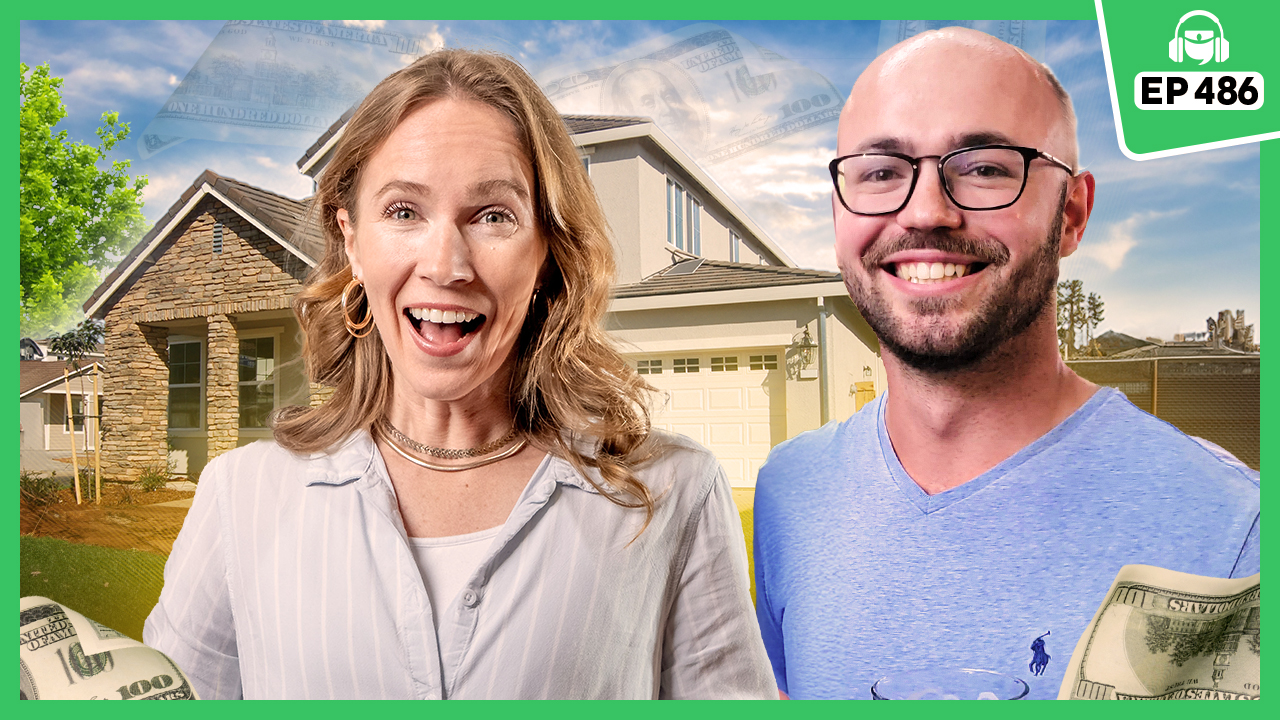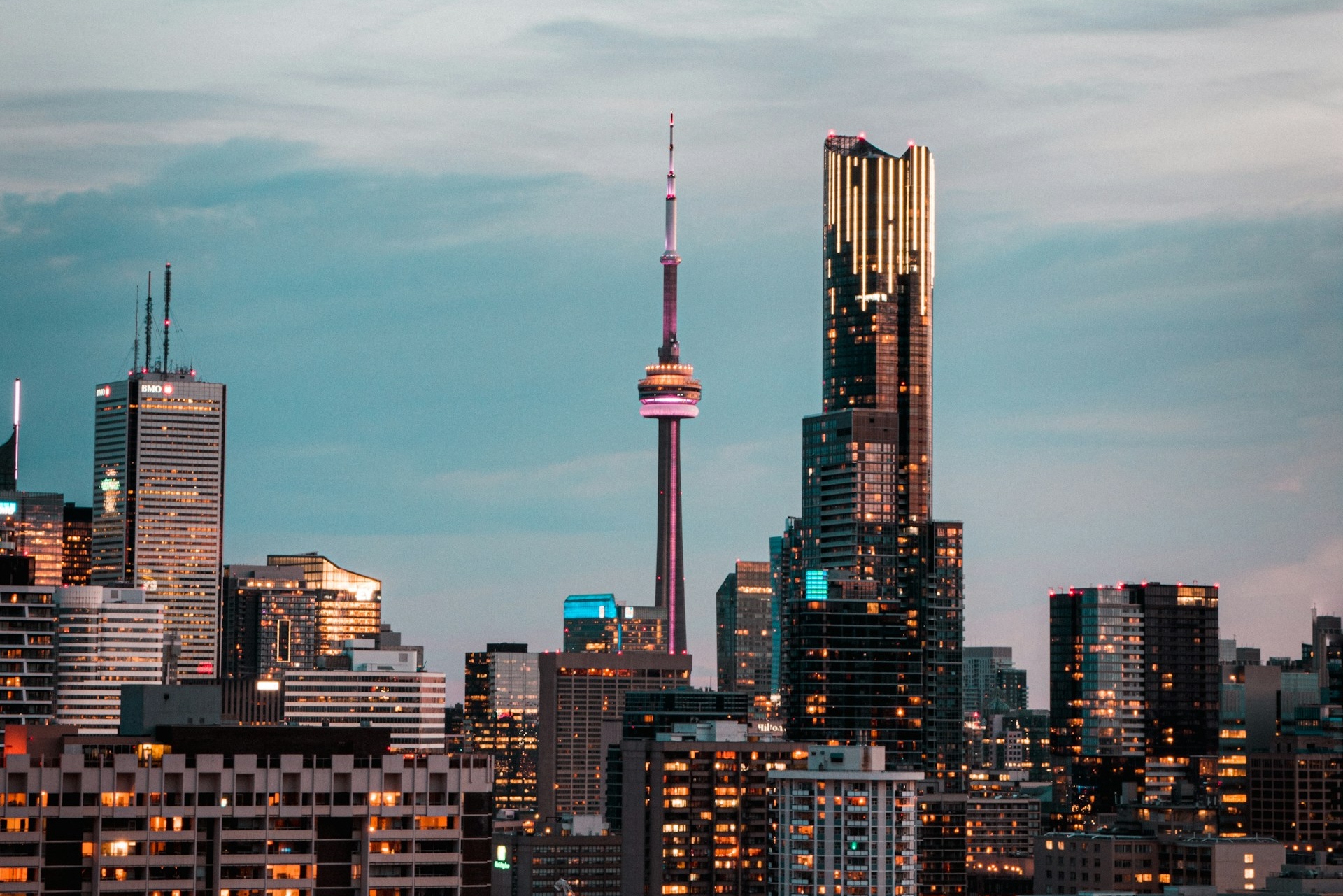In a world increasingly aware of climate change, the real estate sector is embracing sustainable solutions as never before. With 2025 on the horizon, a range of eco-friendly trends is emerging that will shape how properties are designed, built, and managed. These shifts are not just altruistic; they also reflect changing consumer preferences and market demands.
Environmental awareness is not merely a trend; it’s a lifestyle change for many homebuyers and investors. The desire for sustainable living is gaining momentum, prompting the real estate market to adapt. Whether you're considering a new home, exploring investments, or intrigued by these changes, recognizing these trends is essential for future success.
The Rise of Green Building Certifications
The popularity of green building certifications is on the rise in real estate. Certifications such as LEED (Leadership in Energy and Environmental Design) and BREEAM (Building Research Establishment Environmental Assessment Method) are setting the standard for sustainability.
These certifications involve strict adherence to environmental guidelines, emphasizing energy efficiency and the use of sustainable materials. Properties with these certifications are attracting attention, often selling for 7 to 15% more than comparable non-certified homes.

Advocates argue that certified green buildings significantly reduce carbon footprints while lowering operational costs. For instance, a LEED-certified building can save up to 30% on energy bills compared to traditional constructions. With advances in construction materials and practices, achieving certification has become more attainable and cost-effective.
Energy-Efficient Homes Are The New Standard
As energy costs keep rising, the demand for energy-efficient homes is skyrocketing. Innovations like smart thermostats, solar panels, and advanced insulation have become standard inclusions in new properties.
Homeowners can manage energy consumption directly from their smartphones, leading to savings on energy bills that can average 10 to 30%. Moreover, the cost of solar panel installations has dropped by approximately 82% over the past decade, contributing to their increased adoption. Many states also offer tax incentives to make these upgrades more affordable.
Government regulations are driving this trend, too, with states implementing stricter energy codes. New constructions are now mandated to meet higher efficiency standards, ensuring energy-saving technologies are included.
Sustainable Materials and Design Principles
There's a growing emphasis on sustainable materials and design principles in real estate. Eco-friendly options like reclaimed wood, bamboo flooring, and recycled steel are gaining traction, not only for their environmental benefits but also for their aesthetic appeal.
Biophilic design, which brings natural elements indoors, is also on the rise. Features like green walls, expansive windows, and outdoor living areas create healthier and more inviting environments. According to a survey, 73% of millennials prefer homes with eco-friendly features, indicating that this demographic is willing to pay a premium for sustainability.
Builders that incorporate these materials and design principles can claim a competitive edge in a crowded market, appealing to an audience that values environmental responsibility.
Renewable Energy Integrations
Renewable energy sources are becoming a core aspect of eco-friendly real estate trends. Solar power installations in residential areas have surged, making it common to find homes designed for energy efficiency and sustainability.
In urban settings, while wind energy is less prevalent, initiatives like community solar projects are becoming more popular, allowing neighborhoods to benefit from shared renewable energy sources. Homes equipped with solar power can reduce energy bills by up to 50%, underscoring their attractiveness to new buyers.
By 2025, expect more developments to incorporate renewable energy solutions, giving buyers the option to shrink their carbon footprint while enjoying substantial savings on utility expenses.
Water Conservation Technologies
With water scarcity becoming a pressing global issue, homes that utilize water conservation technologies are gaining popularity. Innovations like rainwater harvesting, gray water recycling, and efficient irrigation systems are being integrated into new builds.
These technologies aid in conserving water and can decrease utility costs by as much as 20%, making them a smart investment. Properties with advanced water conservation systems will likely be highly desirable, further enhancing their marketability.
Urban Farming Initiatives
As urban living becomes more prominent, urban farming initiatives are emerging as a significant trend within real estate. These initiatives promote the use of roofs and balconies for growing food, encouraging community engagement and sustainability.
Developers are beginning to incorporate community gardens in their projects, creating spaces where residents can grow fresh produce. This trend reflects a strong desire for greener, healthier living options in urban areas and aligns with the growing local food movement.
By 2025, urban farming may become a standard offering in new developments, catering to residents who prioritize well-being and sustainability.
The Importance of Indoor Air Quality
Given heightened awareness around health and hygiene, the focus on indoor air quality (IAQ) is gaining prominence. Homebuyers are increasingly considering how to create clean, healthy living environments.
Innovative HVAC systems with advanced filtration can significantly improve IAQ. Additionally, non-toxic building materials and paints are being used more frequently to reduce harmful emissions. According to studies, properties with superior air quality can enhance residents' overall well-being and productivity.
As people continue to prioritize health, properties that deliver better indoor air quality will likely see increased demand.
Looking Ahead
As we approach 2025, eco-friendly trends in real estate are set to redefine how properties are developed and maintained. The emphasis on energy efficiency, sustainable materials, water conservation, and improved indoor environments reflects a significant move towards greener living solutions.
Consumers are becoming savvier, favoring sustainable choices over traditional options. As the market adapts to these shifting preferences, embracing eco-friendly trends will not only enhance property value but also contribute to a healthier lifestyle for residents.
Staying informed on these trends is crucial for navigating the evolving real estate landscape, ensuring that both investors and buyers can make decisions that align with their values and the future of our planet.
Do you still have more real estate questions? Your answers are just CLICK AWAY!



















 English (US) ·
English (US) ·